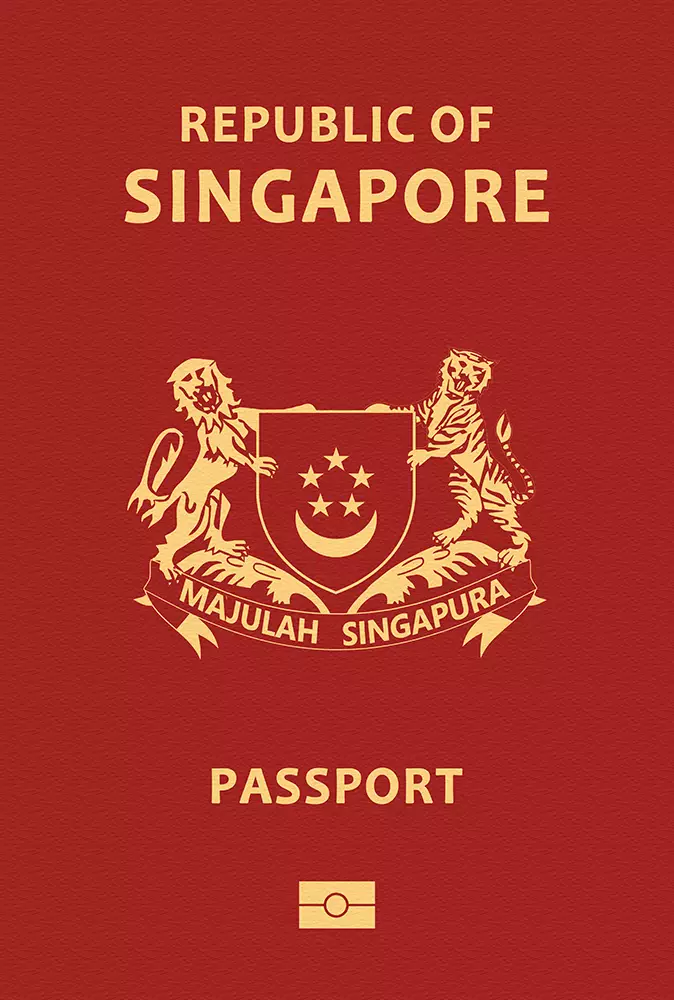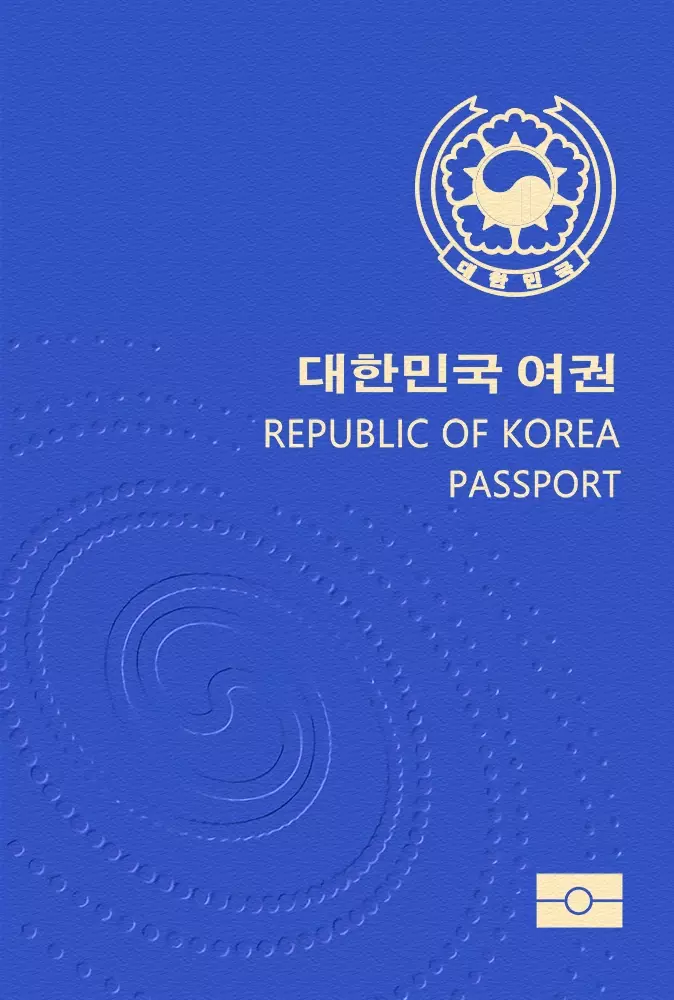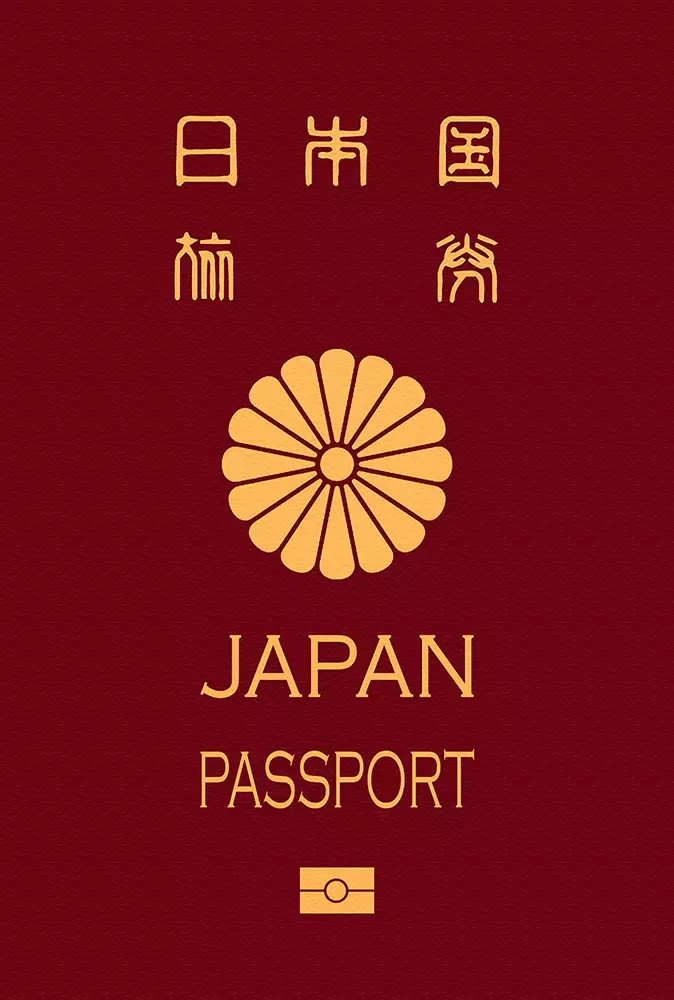Four areas make up the former British colony known as the Republic of Uganda. Situated in East-Central Africa, the country shares borders with Tanzania, Rwanda, South Sudan, the Democratic Republic of the Congo, and Kenya. The total area of Uganda is 241,038 square kilometers. It is now the 33rd largest nation in Africa as a result. Northeastern regions experience a semiarid and tropical environment overall. Its topography is typified by a flat encircled by mountains. The total population of Uganda is more than 46.2 million. As a result, it is now the eighth most populous nation in Africa. With more than 1.6 million residents, Kampala serves as both the nation's capital and most populated metropolis.Four areas make up the former British colony known as the Republic of Uganda. Situated in East-Central Africa, the country shares borders with Tanzania, Rwanda, South Sudan, the Democratic Republic of the Congo, and Kenya. The total area of Uganda is 241,038 square kilometers. It is now the 33rd largest nation in Africa as a result. Northeastern regions experience a semiarid and tropical environment overall. Its topography is typified by a flat encircled by mountains. The total population of Uganda is more than 46.2 million. As a result, it is now the eighth most populous nation in Africa. With more than 1.6 million residents, Kampala serves as both the nation's capital and most populated metropolis. Every five years, there are elections where the president is chosen directly by the people. The Ugandan Schilling (UGX), which is the national currency of the nation, is currently worth 3719.74 US dollars. With an open economy, the nation's GDP is estimated to be $102.6 billion. The per capita income of its people is $2,566. The three main sectors that comprise the majority of the GDP are agriculture, industry, and services. There are many different natural resources in Uganda, some of which the nation hasn't even begun to exploit. In the future, oil will contribute significantly to GDP.. Currently, cotton, sugar, tea, coffee, cassava, and tobacco are among the other major export commodities. There are several different urban and outdoor tourist attractions in Uganda. It is well-known for its many easily accessible national parks and incredibly diverse animals. There are three UNESCO World Heritage Sites located all around the nation. Major locations include the Source of the Nile, the capital Kampala, the Bwindi Forests, the Rwenzori Mountain National Park, Queen Elizabeth National Park, and the Murchison Falls National Park. Every year, more than 1.8 million tourists travel to the country. most of which are native to African nations and the United States.














































































































































































































































